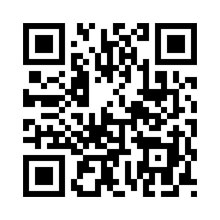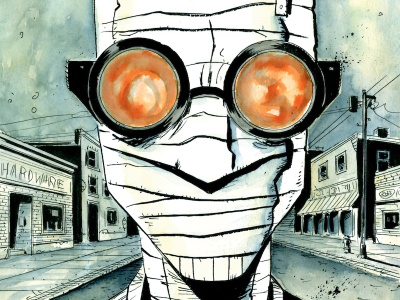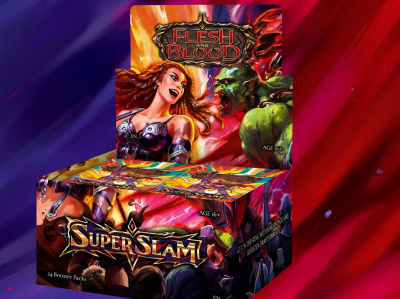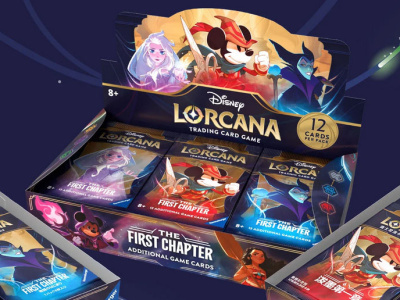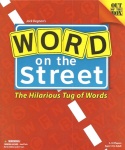
In what may be a first for tabletop gaming, Out of the Box Publishing is adding a QR code to the back of its Word on the Street game. By scanning the QR code with their mobile smart phone potential customers can see a video demonstration of the game on their phones (via the Web). This marketing tool has enormous potential to reach customers of sealed items like board games to let them see what is in the box and how to play the game--essentially providing an experience akin to browsing through a book in a bookstore.
QR (Quick Response) codes are matrix barcodes originally created by the Toyota subsidiary Denso Wave in 1994. They have been employed extensively in Japan and South Korea. Many Android, Nokia, and Blackberry mobile phones have built-in QR readers and QR reader software is available for iPhones and most other smart phones. Use of QR codes is expanding here in the U.S. where during the month of June 14 million mobile users scanned a QR code, with 39% of those scans occurring in a retail store.
Word on the Street, which was nominated for the 2010 “Best Party Game” Golden Geek Award and won the 2010 Mensa Select Award, is a natural for this sort of promotion as are most party games, but it could certainly have benefits for other gaming genres as well, giving customers a chance to see the colorful components of a board game, or the fast and furious action of a bluffing game, or the elaborate miniatures of a tabletop CMG.
There are some risks associated with QR codes. Malicious codes can be pasted over real codes (making sure the code you are reading is under the product’s shrinkwrap is important), and combined with a permissive reader these codes can put a consumer’s privacy and the contents of a smart phone at risk. Security measures for the QR readers (and the QR reading software) should improve as the technology becomes more widely used, but so unfortunately will the sophistication of the attacks upon them.



